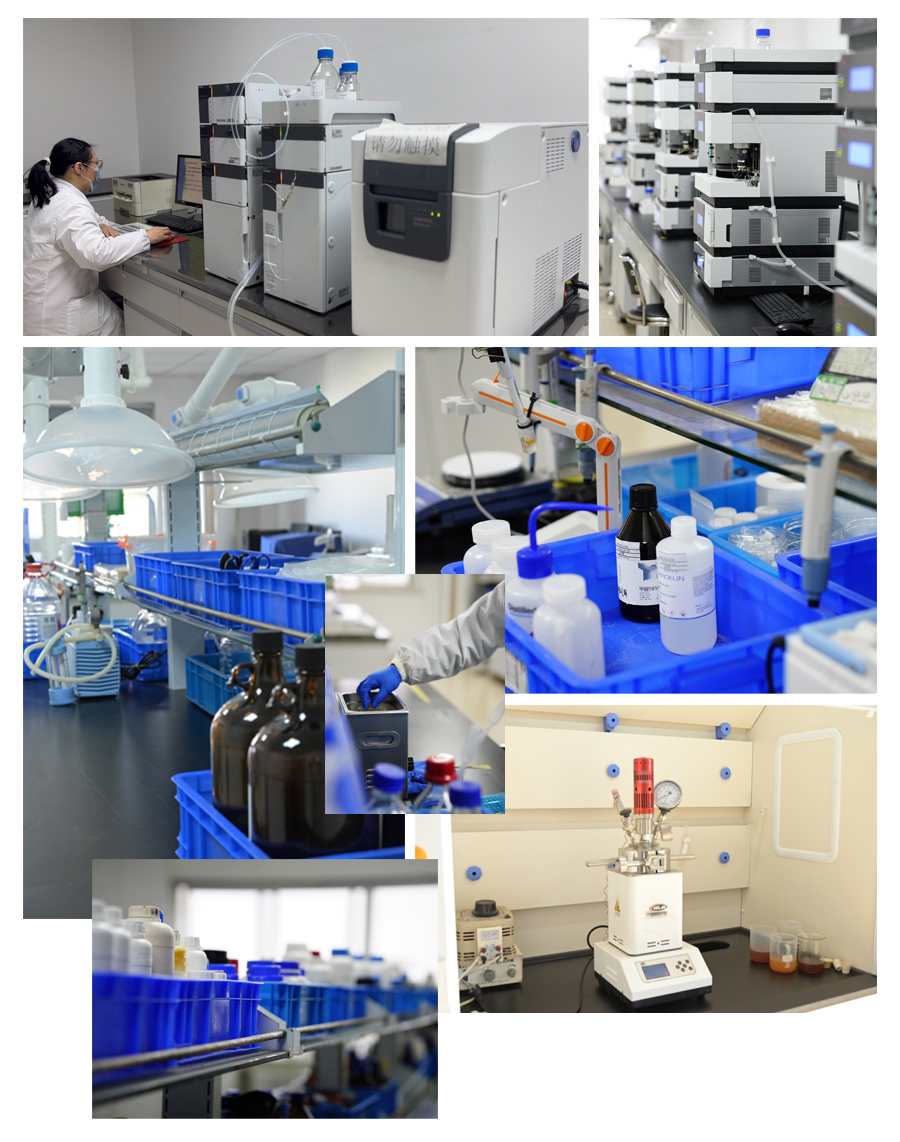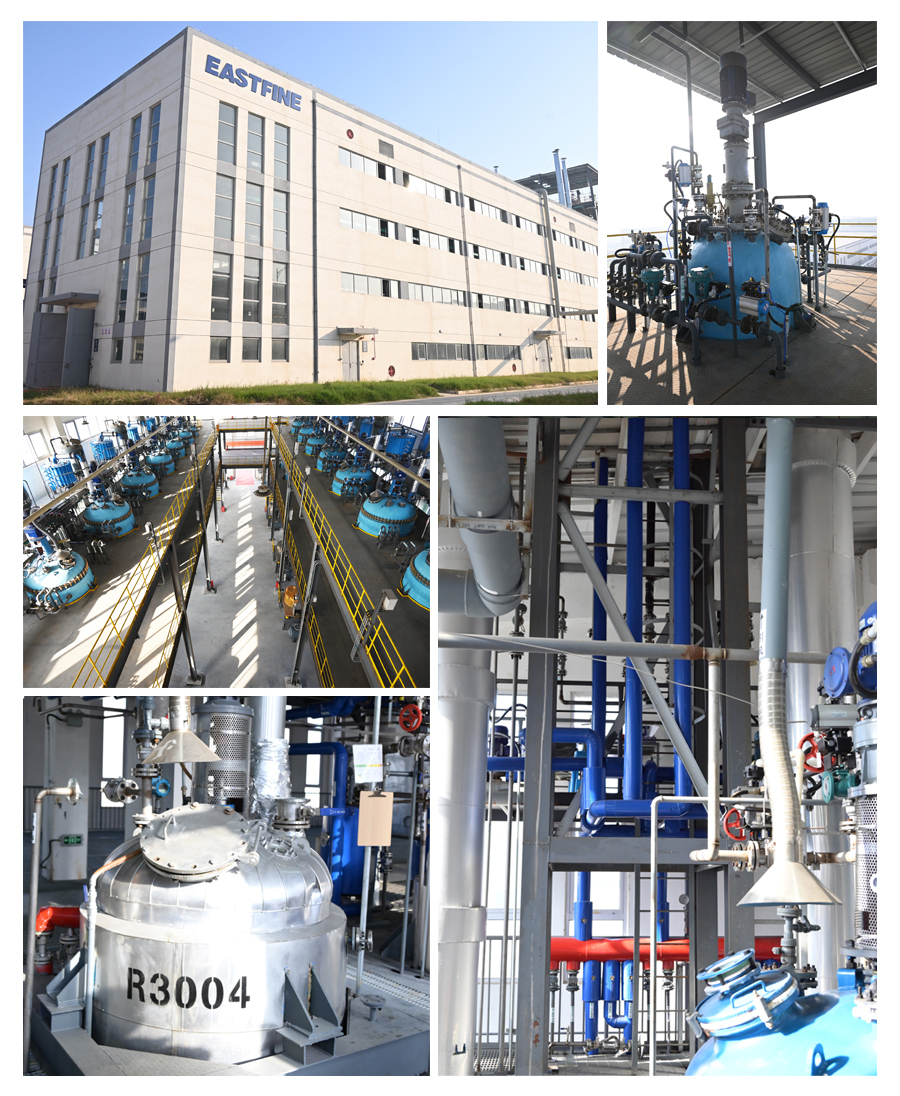| Availability: | |
|---|---|






Product Description
We are a pharmaceutical intermediate manufacturer of 2,3,4-Trifluorobenzoic acid.
Its CAS No. is 61079-72-9
Our pharmaceutical intermediates can be used in a variety of APIs.
| Product Category | Custom Synthetic Intermediates |
| CAS NO | 61079-72-9 |
| Product Specifications | Melting point: 140-142 °C (lit.) Boiling point: 245.3±35.0 °C(Predicted) Density: 1,404g/cm Storage temp.: 2-8°C |
Office Environment

Laboratory

Workshop/Warehouse

Certificate

2,3,4-Trifluorobenzoic acid is produced by EASTFINE , and we are in charge of overseas selling . Not just trading compamy .
China,America,Brazil,England,Russia,Poland,India,Pakistan,NewZealand,Korea,Australia,Dubai,Turkey,Indonesia,UAE.
yes , you can have 1 2,3,4-Trifluorobenzoic acid sample for starting the business , but it is not free
please contact sale team for detail .
2,3,4-Trifluorobenzoic acid (CAS 61079-72-9) is a fluorinated aromatic carboxylic acid with molecular formula C₇H₃F₃O₂. This white crystalline solid features three strategically positioned fluorine atoms adjacent to the carboxyl group, making it a highly valuable intermediate for pharmaceutical and materials chemistry applications requiring precise electronic and steric control.
The compound appears as white needle-like crystals with a molecular weight of 176.10 g/mol. It has a melting point range of 120-124°C and demonstrates good solubility in polar organic solvents like methanol and acetonitrile (50-100 mg/mL), while being sparingly soluble in water (<1 mg/mL). The material exhibits excellent thermal stability and remains unchanged under normal storage conditions.
For optimal long-term stability, store in tightly sealed containers under inert atmosphere (nitrogen or argon) at room temperature, protected from moisture and light exposure. The material maintains excellent purity for at least 36 months when stored properly. Keep away from strong bases and oxidizing agents, and ensure containers are clearly labeled with appropriate hazard information.
This compound serves as a premium building block in medicinal chemistry, particularly for developing fluorinated pharmaceutical compounds where multiple fluorine substitutions are desired. The carboxyl group enables various derivatization reactions while the trifluoro pattern creates unique electronic properties. It's especially valuable in synthesizing protease inhibitors, kinase inhibitors, and other bioactive molecules requiring precise steric and electronic control.
While not classified as highly toxic, the compound may cause irritation to skin, eyes and respiratory system. Use appropriate personal protective equipment including chemical-resistant gloves (nitrile or neoprene), safety goggles, and proper ventilation. Avoid dust formation and inhalation. In case of contact, immediately flush affected areas with copious amounts of water for at least 15 minutes and seek medical attention if irritation persists.
Quality assessment includes HPLC analysis (typically ≥98% purity), melting point determination, and comprehensive spectroscopic characterization. FTIR confirms the carboxyl group presence (C=O stretch ~1680 cm⁻⊃1;), while ⊃1;H and ⊃1;⁹F NMR provide detailed structural verification. For pharmaceutical applications, additional testing may include residual solvent analysis, heavy metal content, and microbial limits.
The consecutive 2,3,4-trifluoro substitution pattern creates exceptional electronic properties where the fluorine atoms significantly influence both the acidity of the carboxyl group and the electron density of the aromatic ring. This arrangement enables precise control over reactivity and makes the compound particularly valuable for structure-activity optimization in drug discovery programs.
This high-value fluorinated building block is available through specialty chemical suppliers in quantities ranging from grams to kilograms. Reputable suppliers provide detailed certificates of analysis with each batch, including chromatographic purity data and spectral characterization. Custom synthesis and purification services are often available for specific research requirements, along with technical support for application development.